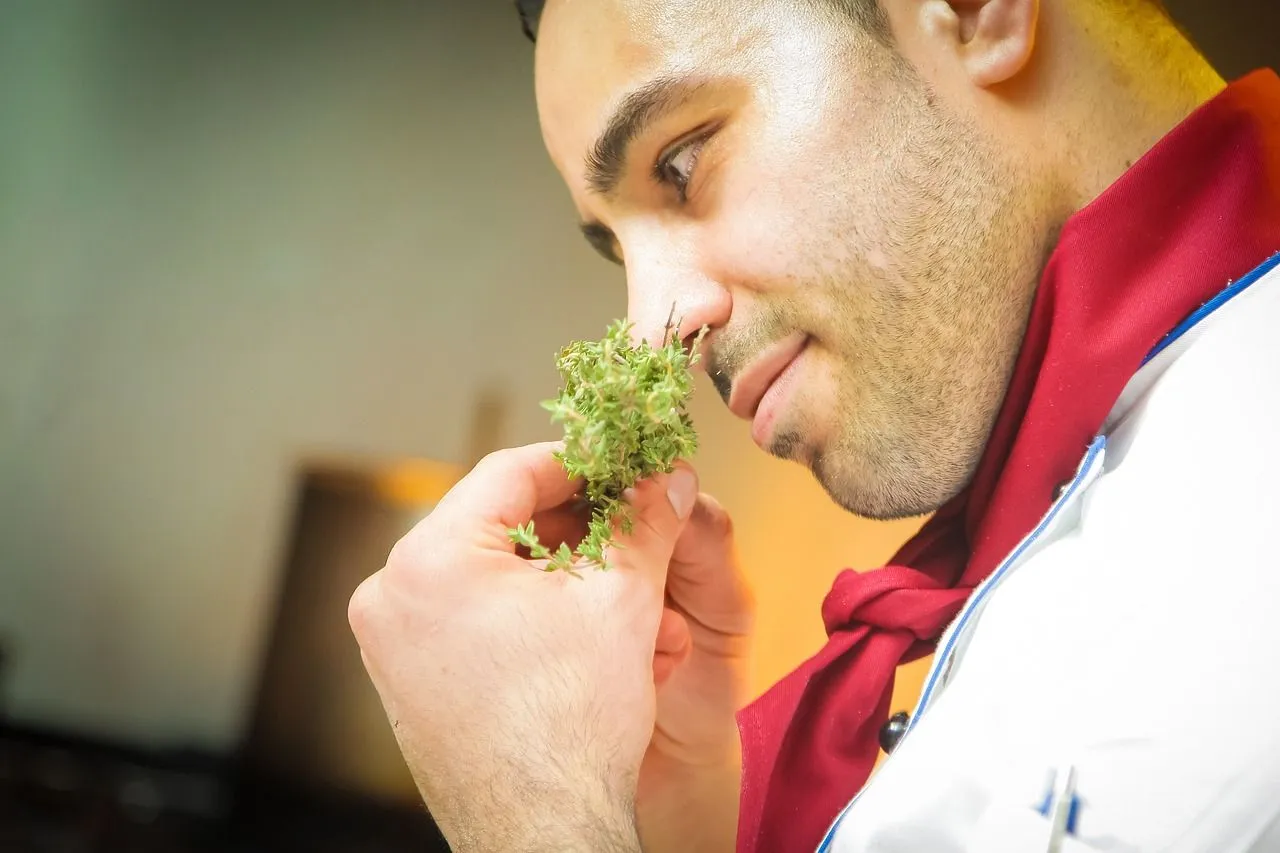Perfume vs. trash: why does our brain perceive some smells as good and others as bad?
Published by Adrien,
Source: The Conversation under Creative Commons license.
Other Languages: FR, DE, ES, PT
Source: The Conversation under Creative Commons license.
Other Languages: FR, DE, ES, PT
Follow us on Google News (click on ☆)
A little olfactory game. Let's take a few seconds together to think of a pleasant smell that we like, and then of an unpleasant smell that we don't.
Personally, I would say that I enjoy the scent of lemon, but I find the smell of garlic unpleasant. We've just explored the realm of our individual olfactory preferences. Indeed, for every smell, we assign it a sensory appreciation, like a mental scale, ranging from pleasant to unpleasant, including neutral, and all these positions define our relationship to smells.

Illustration image Pixabay
But our olfactory preferences aren't just limited to a simple “like/dislike” and stem from complex and fascinating brain mechanisms that have been widely studied by neuroscientists.
We smell differently throughout our lives
Olfactory preferences emerge very early in life, from birth. Innately, smells containing sulfur, for example, signal the presence of decay or toxic plants in nature. They are therefore repulsive to newborns, even when they've never smelled them before.
This can be explained by evolution, since those unable to detect and perceive such odors didn't survive. We are now all equipped with a brain circuit that associates the smell of rotten eggs with a characteristic expression of disgust.
However, sulfurous smells only remain partially repulsive for adults: we are highly sensitive to the sulfurous smell of natural gas, which serves as an alert, but the sulfur smells released when cooking garlic are no longer repulsive to those who enjoy eating it in a dish.
On the other hand, a few very rare smells, like vanilla or banana, can be instantly and pleasantly perceived by newborns. But, as we saw with the example of garlic, such innate perceptions and preferences are limited and will rapidly and profoundly evolve with each person's experiences. Social and cultural contexts (family, school, etc.) influence and shape our sense of smell, putting it at the intersection of individual and cultural factors.
Trash vs. perfume
Our reactions of rejection toward a smell are tied to its concentration in the air. Saying “it smells too strong” is often accompanied by a facial expression of disgust. Thus, trash releases large quantities of odors, heavily laden with sulfur, nitrogen, and molecules from the butyric acid family, compounds that always smell unpleasant to everyone.

Illustration image Pixabay
For smells that don't fall into these repellent categories, such as perfumes, it is the associations between smells and positive or negative experiences that will shape the pleasure or displeasure linked to these odors in memory. For example, most people will say lavender smells nice, while a minority might disagree, just as they do with specific perfumes—this all depends on each person's life events.
Olfactory pleasure based on our genes and experiences
Sensitivity to the quality and quantity of odors varies based on both genetic and neural factors. Indeed, each individual does not possess the same number of receptors for different odor families, nor the exact same quantity of these receptors, which can greatly alter perception and preference.
For example, it has been shown that some people perceive the smell of cilantro much more intensely than others. This heightened stimulation evokes the scent of crushed bugs or a soapy taste. These individuals have a higher number of specific receptors for this smell, leading to feelings of disgust. To this genetic variability, we can also add life experiences.

Illustration image Pixabay
Whether it's a birthday or a vacation, our memories are marked by specific olfactory signatures: the smell of a chocolate cake, or the scents of the beach and the sea along the coast, which are always perceived pleasantly. Same places, same smells, but this time another person experiences an unfortunate accident. The coastal smells then take on a negative meaning, as they've now been associated with a dangerous or risky situation. The brain constantly builds associations between our sensory perceptions and life experiences, a mechanism that greatly influences our behavior.
Thus, it is both our genetic heritage and the context in which we perceive new smells that endow us with the ability to detect and appreciate odors in our unique way. Smells are categorized according to their valence (positive, negative, or neutral), which determines whether we perceive them as pleasant, neutral, or unpleasant... but all this can change with new experiences: the brain is an organ that continuously adapts.
The complexity of the olfactory brain
The pleasurable perception of smells is closely associated with the activation of the brain's reward circuit, which involves neurotransmitters—molecules that allow communication between neurons. A prime example is dopamine, which plays a crucial role in the sensation of pleasure and reward.
When a smell is perceived as pleasant, the reward circuit is activated, releasing dopamine in areas like the nucleus accumbens. This release of dopamine strengthens the association between pleasurable experiences (birthday + chocolate cake + family + friends + gifts) and motivates the search for similar pleasures. We then look forward to our next birthday to relive this enjoyable situation, marked by positive smells.
Pleasure and displeasure are also rooted in emotions like joy or disgust, which are expressed through the activation of a brain structure called the amygdala—though not the one in our throat, but rather a group of neurons in our brain. Thus, the complex activity of a large set of brain regions is what determines our olfactory preferences.
To finish, let's return to our little olfactory game. Let's recall the two scents we thought of at the beginning of the article and try to describe the emotions and memories tied to them. It will come as no surprise to realize that we chose them because of the context, events, and feelings they evoke: a prime example of the olfactory brain in action, connecting our personal history to our social and cultural environment, while paying mind to the world of scents surrounding us.